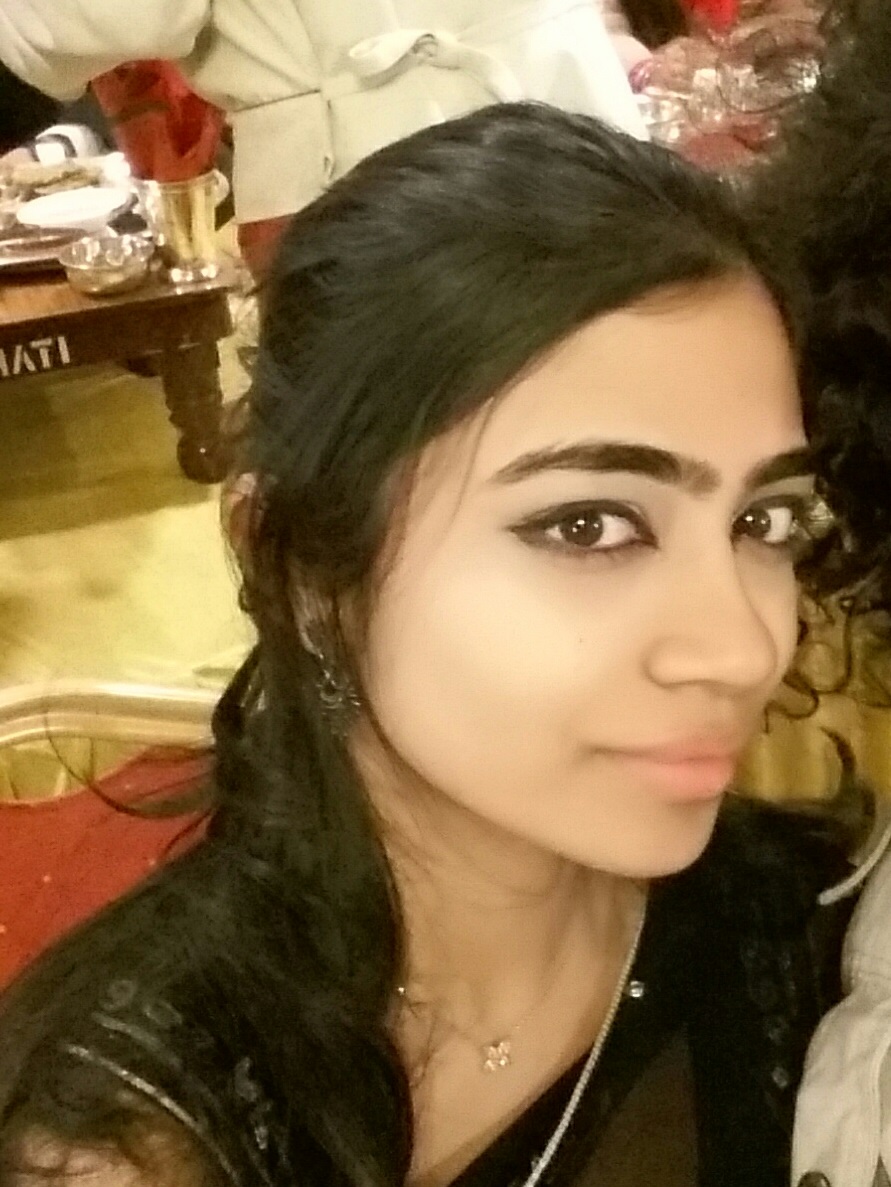13 Mar What Is Peace? And What Does Meditation Have To Do With It?
A lot of people want to know the answer to how to get peace in life, whether you are a child or you are retired! A lot of us also want to question why actors and sports superstars meditate daily? They have all the glam, ease and happiness that money can buy, so why look outside of a great life-style for things like peace?
The answer to all of that lies in understanding what peace is, and it’s easier than you thought!
Subduing the mind and bringing it to the right understanding of reality, is no easy task. It requires a slow and gradual process of listening to and reading explanations of the mind and the nature of things;thinking about and carefully analyzing this information; and finally transforming the mind through meditation.
The mind can be divided into sense consciousness - sight,hearing,smell,taste and touch - and mental consciousness. Mental consciousness ranges from our grossest experiences of anger or desire, for example, to the subtlest level of complete stillness and clarity. It includes our intellectual processes, our feelings and emotions, our memory and our dreams.
Meditation is an activity of our mental consciousness. It involves one part of the mind, observing, analyzing, and dealing with the rest of the mind. Its ultimate aim is to awaken a very subtle level of consciousness and to use it to discover reality, directly and intuitively. This direct, intuitive awareness of how things are, combined with love and compassion for all beings, is known as enlightenment.
The Tibetan term for meditation, “gom” literally means ” to become familiar”. What arises in our mind is what we are most familiar with. If, when someone treats us unkindly, or disrespectfully, we immediately feel hurt or angry, it is because these are the reactions that we are most familiar with, or habituated to. Meditation involves making our mind familiar with positive states such as love, compassion, patience, serenity, and wisdom, so that these become more natural and spontaneous. Then, when we encounter an unkind or hostile person, we will know to remain calm and patient and even feel compassion for them.
Meditation is not about escaping. It is, in fact, being totally honest with ourselves: taking a good look at what we are working with that in order to become more positive and useful, to ourselves and to others. There are both negative and positive aspects of the mind. The negative aspects - our mental disorders or, quite literally, delusions - include jealousy, anger,desire,pride etc. These arise from our misunderstanding of reality and habitual clinging to the way we see things. Through meditation we can recognize our mistakes and adjust our mind to think and react more realistically, more honestly. That’s how to get peace in life!
As our concrete picture of reality softens, we develop a more positive and realistic self- image and are thus more relaxed and less anxious. We learn to have fewer unrealistic expectations of the people and things around us and therefore meet with less disappointment, relationships improve and life becomes more stable and satisfying.
However, remember that lifelong habits die hard. It is difficult enough to simply recognize our anger and jealousy much less make an effort to hold back the familiar ride of feelings or analyze its cause and results. Transforming the mind is a slow and gradual process. It is a matter of ridding ourselves, bit by bit, of instinctive harmful habit patterns and “becoming familiar” with habits that necessarily being positive results - to ourselves and others.
Nehita is a mindfulness expert who writes extensively on lifestyle management, wellness and ways to lead a healthier and a happier life. She is a part of Aware’s expert team on meditation. She is also an avid artist who spends most her time dribbling amazing stories through art.
References have been taken from: “How To Meditate by Kathleen McDonald”






No Comments